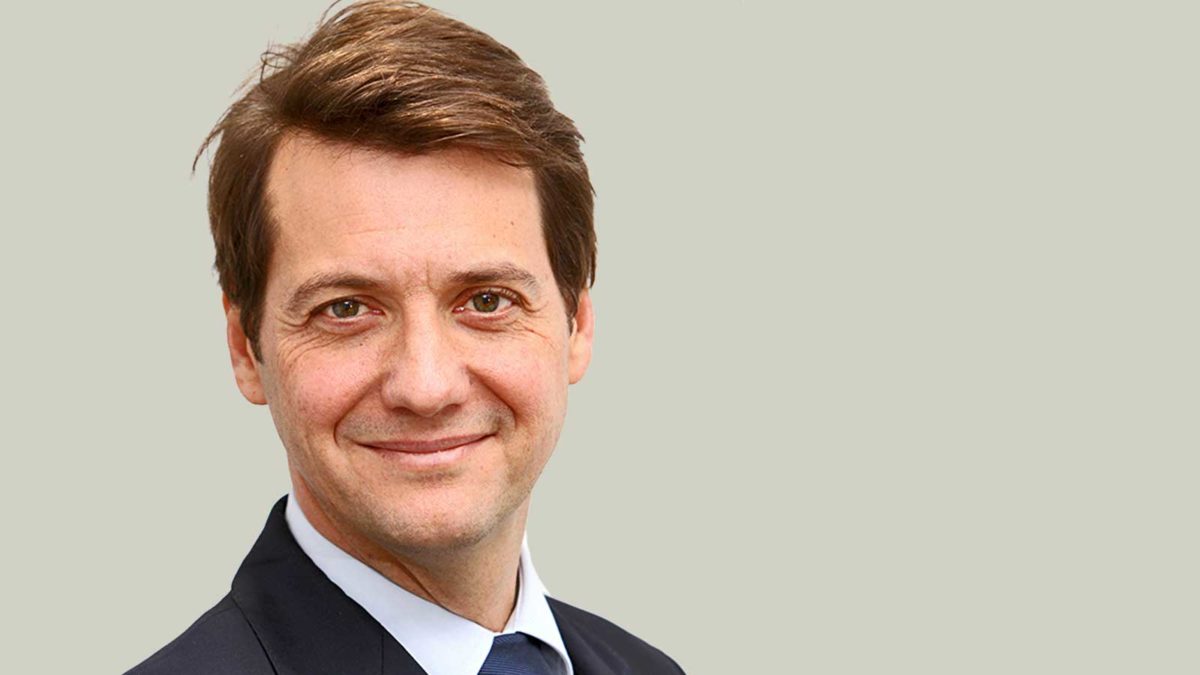Dodging pitfalls in emerging market debt
An Australian super fund has seeded a boutique emerging market debt (EMD) fund as instos look overseas for yield. But challenges for the asset class abound.
As Argentina approached its presidential primaries in August 2019, the team at EMD boutique Finisterre grew wary. The primaries would take place during a low liquidity month; they were occurring against the backdrop of the US-China Trade War; and everybody (including themselves) shared the view that the preferred party – that of centre-right President Macri, who’d been broadly supportive of liberal market policies – would ultimately win the election. Faced with the catastrophic implications of being wrong, Finisterre shed its Argentina exposure, which accounted for six per cent of the portfolio, in two days. When the primaries instead showed that the country’s next president would likely be a populist leftist, nearly everybody else, including some of the world’s largest investors, lost their proverbial shirts.
“You can’t be an EM portfolio manager unless you’re an analyst at heart,” Damien Buchet, Finisterre chief investment officer, told this masthead. “But when it comes to avoiding the worst pitfalls, it’s sometimes a matter of common sense.”
Finisterre was founded in 2002 as a boutique hedge fund specialising in EMD. Principal Global Investors (PGI) bought a majority stake in 2011, and Finisterre and PGI are now launching the Finisterre Emerging Market Debt Total Return Fund, aimed at meeting rising interest in emerging markets among Australia’s institutional investors. The fund is targeting a “fairly ambitious” goal – 90 per cent of any sustained upside, while limiting investor losses to no more than 50 per cent through market crashes or corrections – and was seeded by the $12.2 billion Vision Super, which Finisterre and PGI have been in discussions with since before the arrival of Covid-19.
“The typical range of investment opportunities that Australian institutional investors have at their disposal is either shrinking or already fully exploited… whether it’s Australian equities, Australian real estate, Australian credit,” Buchet says. “As all those asset classes have become more saturated and expected returns have shrunk, there is an acute need for yield, an acute need for income. Where do you find income with a reasonable degree of liquidity if not in EMs?”
Buchet saw a “very different mindset” towards EMs in Australian instos during his pre-Covid trips to the country to gauge insto interest. He believes Australians tend to view EMs as automatically ex-Asia because Asia already occupies most of our economic and political backdrop; that they come to EMD for the local currency trade rather than the hard currency trade, “totally opposite” to large instos in the US and EU; and that we see our own currency as “broadly similar” to EM currencies given its strong commodity base.

“The differentiator with the product we’re bringing to the market is how we manage currency,” PGI country head Helen de Mestre told this masthead. “With Australian investors, there’s a very strong correlation with FX hedging to emerging markets, which is different to a US investor or a UK investor. We leave that exposure unhedged and 100 per cent hedge the hard currency.”
But the trick with EMD is to not get bogged down in the quagmire of Argentine debt. Risks in EMs can stem from the fact that they have less regulated markets, or that the governments presiding over those markets and regulators can be wholly unlike their developed world counterparts. An advantage in this area is the fact that Buchet has “lived through every crisis since 1994” – de Mestre said that EMD is “in (Buchet’s) blood” – but he believes it’s Finisterre’s equal focus on fundamentals and technical factors, as well as its index agnostic philosophy, that has allowed it to navigate the oft-chaotic world of EMD.
“Everybody would claim to have the best analysts, and we’d claim that ours are equally good. So is it a differentiating factor? I’m not so sure,” Buchet says. “Evidence shows that the world’s biggest asset managers can get it awfully wrong, even with armies of analysts. We have five analysts and three portfolio managers and we’ve done a much better job of avoiding those pitfalls.”
You need to be able to pick and choose the right credit and the right macro situations for your portfolio. A benchmark is going to dictate that you have exposure to every country… But if it’s not the right time to be in Brazil, even if Brazil is 10 per cent of your index, you should have zero Brazil. The straitjacket of a benchmark is not the right approach for EMD.”











